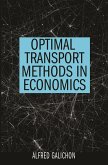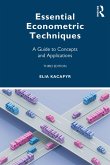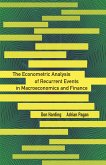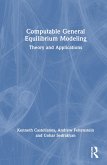"Within economics a relatively new way of modeling has dominated important subfields: structural modeling. The goal of this book is to give an overview on how the various streams of literatures in empirical industrial organization and quantitative marketing use structural econometric modeling to estimate the model parameters, give the economic-model-based predictions, and conduct the policy counterfactual experiments. The traditional way of modelling, called "reduced-form" builds its models from simple relationships between variables of interests, which are mostly linear. Structural econometric models start by specifying the structure of the economic model, and the variables are calibrated from real-world data. This method enables better predictions and policy counterfactuals, and has other benefits. When considering a hypothetical policy change using the traditional modeling method ("reduced form"), researchers can often only estimate whether an effect would be positive or negative. With a structural econometric model using real-world data, a researcher can obtain the magnitude of the effects resulting from a hypothetical change. But the ability of quantifying the effects associated with a hypothetical policy change comes with its costs: the nonlinearity from explicitly specifying the possible relationships makes the structural econometric approach generally much more difficult to implement than its reduced-form counterpart. Therefore this book will provide a much-needed resource on how to use these methods effectively in the fields in which they been used the most, empirical industrial organization and quantitative marketing"--
Hinweis: Dieser Artikel kann nur an eine deutsche Lieferadresse ausgeliefert werden.
Hinweis: Dieser Artikel kann nur an eine deutsche Lieferadresse ausgeliefert werden.








